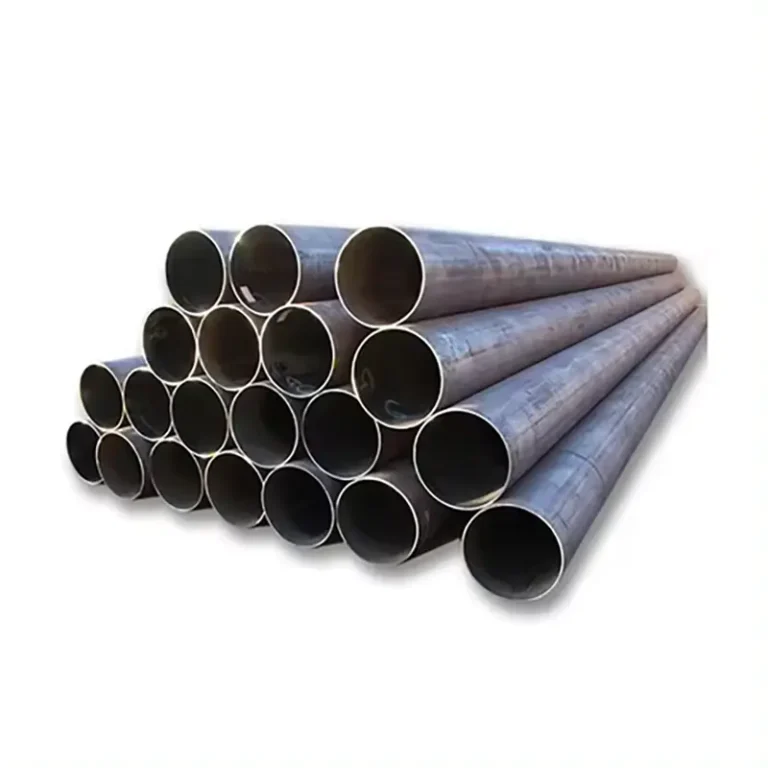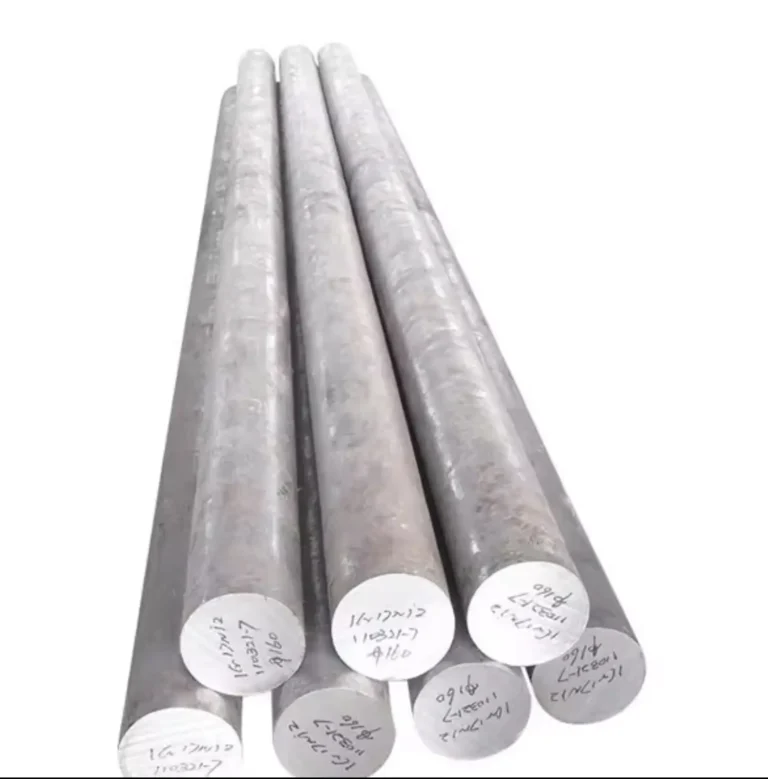The Ultimate Guide to Hot Rolled Steel in the Construction Industry
Hot rolled steel is one of the most commonly used materials in construction, manufacturing, and industrial applications. Known for its strength, durability, and cost-effectiveness, hot rolled steel is widely used for structural frameworks, machinery, and infrastructure. This guide will explore the types, specifications, manufacturing process, and applications of hot rolled steel, along with a comparison to cold rolled steel and steel coils.
What Is Hot Rolled Steel?
Hot rolled steel is steel that has been heated to a temperature above its recrystallization point (typically above 1,700°F or 930°C) and then rolled into shape. This process allows for easier shaping and forming, making it ideal for producing structural steel components and heavy-duty applications.
Key Characteristics of Hot Rolled Steel
- High Strength and Toughness: Ideal for structural applications requiring durability.
- Cost-Effective: More affordable than cold rolled steel due to its simpler manufacturing process.
- Easier to Work With: More ductile and easier to weld, cut, and shape.
- Lower Dimensional Precision: Cooling causes shrinkage and slight deformations, resulting in looser tolerances compared to cold rolled steel.
Types of Hot Rolled Steel
Hot rolled steel is available in different forms, each suited for specific applications. Below are the most common types:
1. Hot Rolled Steel Sheets and Plates
- Available in various thicknesses, commonly used in construction, shipbuilding, and heavy machinery.
- Sheets are thinner and flexible, while plates are thicker and used for structural components.
2. Hot Rolled Steel Coils
- Large steel sheets rolled into coils for easier transport and storage.
- Used for automobile manufacturing, pipelines, roofing, and construction components.
3. Hot Rolled Steel Bars
- Available in round, square, and flat bar forms.
- Used for reinforcement bars, bolts, shafts, and fabrication.
4. Hot Rolled Steel Beams
- Common types include I-beams, H-beams, and U-channels.
- Used in building frames, bridges, and industrial warehouses.
5. Hot Rolled Steel Tubes and Pipes
- Used for structural supports, gas pipelines, and mechanical applications.
Specifications of Hot Rolled Steel
Hot rolled steel is classified based on its thickness, width, and length. Below are some common specifications:
| Specification | Range |
|---|---|
| Thickness | 1.2mm – 100mm (Plates & Sheets) |
| Width | 600mm – 2000mm (Coils & Sheets) |
| Length | 1000mm – 12000mm (Plates & Sheets) |
| Weight (Coils) | 1.5 – 20 tons per coil |
| Grades | Q235, Q345, ASTM A36, A572, S235JR, S355JR, SS400 |
Different grades of hot rolled steel provide various strength and hardness levels, making them suitable for different applications.
Comparison: Hot Rolled Steel vs. Cold Rolled Steel
Both hot rolled and cold rolled steel are essential in construction and manufacturing, but they have distinct differences.
| Feature | Hot Rolled Steel | Cold Rolled Steel |
|---|---|---|
| Processing Temperature | Above 1,700°F (930°C) | Below recrystallization temperature |
| Surface Finish | Rough, scaly texture | Smooth, polished finish |
| Strength | Strong but more ductile | Stronger, harder due to work hardening |
| Dimensional Accuracy | Less precise due to cooling shrinkage | Higher precision and uniformity |
| Cost | More affordable | More expensive due to additional processing |
| Common Uses | Structural beams, industrial machinery | Precision components, automotive parts |
When to Choose Hot Rolled Steel
- For structural applications where strength is more important than a smooth surface.
- For large-scale projects where cost-effectiveness is key.
- For welding and fabrication since it is easier to work with.
When to Choose Cold Rolled Steel
- For applications requiring high precision and a clean surface finish.
- For automotive parts, appliances, and precision tools.
- For environments where surface smoothness and dimensional accuracy are critical.
Hot Rolled Steel Coils vs. Cold Rolled Steel Coils
Steel coils are another common form of rolled steel, widely used in construction and manufacturing.
| Feature | Hot Rolled Steel Coil | Cold Rolled Steel Coil |
|---|---|---|
| Production Process | Hot rolled at high temperatures | Further processed from hot rolled steel |
| Surface Finish | Rough, with oxide scale | Smooth, polished, and precise |
| Thickness Range | 1.5mm – 20mm | 0.3mm – 3mm |
| Common Uses | Construction, bridges, pipelines | Electronics, automotive panels, appliances |
Hot rolled steel coils are often used for roofing, industrial equipment, and pipelines, whereas cold rolled coils are better suited for high-precision applications.
Applications of Hot Rolled Steel in Construction
Hot rolled steel is widely used in construction due to its durability and strength.
1. Structural Components
Hot rolled steel is commonly used in:
- Steel Beams: For skyscrapers, bridges, and industrial buildings.
- Columns and Frames: Providing support for large structures.
- Pipes and Tubes: Used in plumbing, gas pipelines, and industrial frameworks.
2. Infrastructure and Heavy-Duty Construction
- Rail Tracks: Hot rolled steel is used in railroad tracks due to its toughness.
- Bridges and Highways: Provides structural integrity for heavy-duty infrastructure.
3. Industrial and Warehouse Construction
- Factory Buildings: Used in frames, supports, and roofing.
- Heavy Machinery: Essential for machine frames, equipment housings, and transportation vehicles.
Surface Treatments for Hot Rolled Steel
Hot rolled steel often requires surface treatments to improve its durability and appearance.
1. Pickling and Oiling
- Pickling removes the oxide scale formed during hot rolling.
- Oiling prevents rust and prepares the surface for further processing.
2. Galvanization
- A zinc coating is applied to prevent corrosion, ideal for outdoor and marine applications.
3. Painting or Powder Coating
- Enhances aesthetic appeal and provides additional protection against environmental factors.
How to Choose the Right Hot Rolled Steel for Your Project
When selecting hot rolled steel, consider the following factors:
- Thickness & Size: Choose the appropriate dimensions based on your structural requirements.
- Grade of Steel: Different grades offer varying strength and corrosion resistance.
- Intended Use: Structural applications require different properties compared to industrial machinery.
- Surface Treatment Needs: Consider if additional treatments like galvanization or pickling are required.
Why Buy Hot Rolled Steel from Baiyoung?
Choosing the right steel supplier is crucial for ensuring quality and efficiency in your projects. Baiyoung is a leading provider of hot rolled steel, offering:
1. Premium Quality Products
Baiyoung supplies high-quality steel that meets international standards, ensuring durability and strength.
2. Competitive Pricing
Cost-effective pricing makes Baiyoung an ideal partner for wholesale buyers.
3. Wide Range of Products
From steel plates, coils, bars, to beams, Baiyoung offers a full range of hot rolled steel products.
4. Fast and Reliable Delivery
With an efficient logistics network, Baiyoung guarantees timely delivery.
5. Excellent Customer Support
A dedicated team provides expert advice to help clients choose the best steel products for their applications.
Conclusion
Hot rolled steel is an essential material in modern construction, infrastructure, and industrial manufacturing. Its strength, affordability, and ease of fabrication make it the preferred choice for builders and manufacturers.
For high-quality hot rolled steel, Baiyoung provides premium products, competitive prices, and reliable customer service. Whether you need steel beams, coils, or customized sheets, Baiyoung is your trusted supplier.










